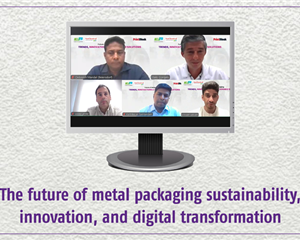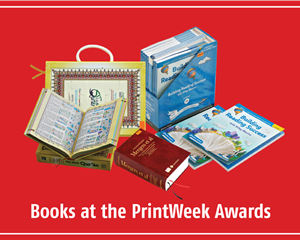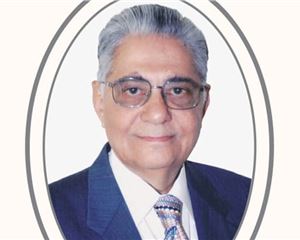Faced with competition within the segment and from rival medias like television and digital outlets, and working in a shrinking market, most newspaper publishers in India are working and re-working on their revenue strategies. Recent figures have revealed that last year, the world over, advertisement revenues went down while circulation revenues reached a notch higher.
This is because the publishers have increased the cover price of their products. Thus, quality printing, in addition to quality content, becomes an area of importance. This was one of the most-discussed topics at the Wan-Ifra conference 2015 held in Mumbai.
Speaking on the subject at the conference on 3 September, Anand Srinivasan, research manager, Wan-Ifra South Asia, reiterated that better print quality could help newspaper publication houses increase their advertisement revenues and maintain the clients. "Better produced newspapers can really attract advertisers, despite the fact that the shelf life of a newspaper is very less. In spite of the global figures, Indian newspapers are advertisement revenue driven, with lower cover price. So, quality standardisation will be more helpful for the Indian newspaper publishers," he said.
Srinivasan argued that one industry should have one standard. We have ISO 12647-3 standard for quality production, ISO 2846-2 standard for printing inks, DIN 19306-4 standard for newsprints. And, by opting for these, you will see the difference in the printed copy, he said.
EIGHT STEPS TO STANDARDISATION
-
Produce quality control tools and train the staff to use it
-
Standardisation of newsprint and news ink technology
-
Right screening technology
-
Standardisation of CTP plates reproduction
-
Achievement of 26% dot gain in the press
-
Implementation the ICC profile
-
Implementation of a full-proof quality control mechanism
-
Benchmarking of production quality
On the plus side, Srinivasan said newspaper publication houses are now gearing up to achieve these quality standards. When we started the quality competition in 1994, there were 61 participants. In 2014, on the other hand, we had more than 150 participants, he concluded.












 See All
See All